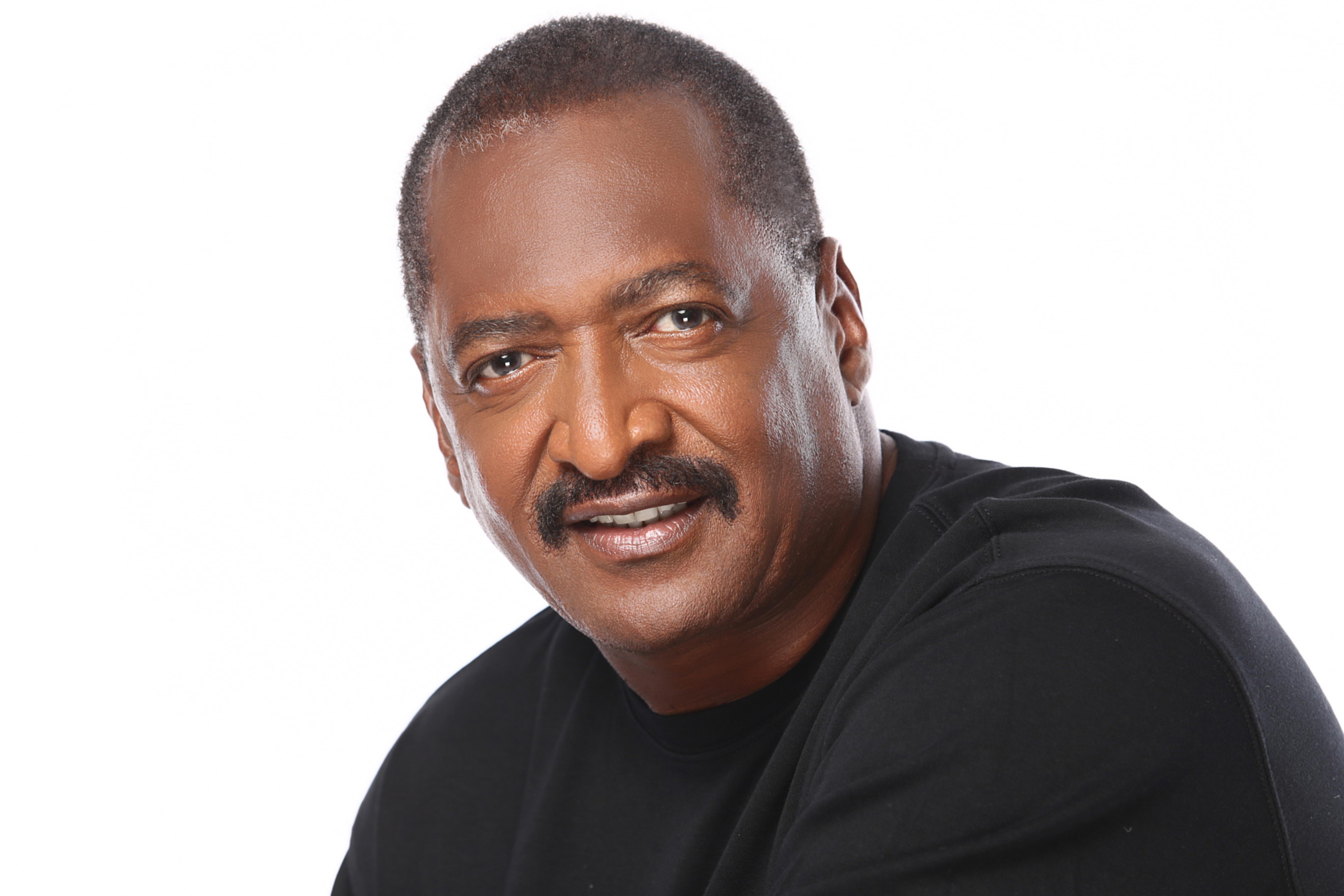Why Connect?
If you know about your hereditary disease risk, you have the key to helping stop disease in others. You may have already talked to your siblings, parents, and children about your variant. If not, that is a good place to start. You can talk to them and encourage them to get tested for your variant. If you want help reaching your family, ConnectMyVariant can pair you with a volunteer Family Outreach Navigator who can walk you through the process or help you figure out how to reach difficult to talk to relatives.
Distant relatives may also have your variant, and they may not know about it. Along with sharing the same genetic variant, you may have had similar experiences with health and disease, similar experiences with doctors, and you making the same life-planning decisions. Perhaps your experiences have been different, and you now have an opportunity to learn from one another.
Connecting with relatives and comparing what you know about your family may expand your family tree. You may even be able to identify a shared common ancestor. As you learn more about your family tree, you may be able to identify other relatives. Reaching out to these relatives to let them know about your variant and associated disease risks may save their lives by helping them identify early symptoms or prevent disease before it starts.
How to find others with your same variant
- Sign up for ConnectMyVariant: We are adding new members every day. Even if you are the only one with your variant when you sign up, it may not be long until someone with the same variant signs up.
- Check out the ConnectMyVariant variant index: This has a catalog of forums and message boards about specific variants. If there isn't already a forum for your variant, you can use one of several public forums to create a new post about your variant.
- Contact the ConnectMyVariant team: We have contacts with researchers and clinical laboratories across the country.
How to Link Your Family Trees
Once you connect with others who have the same variant, explore and share the information you have about your family tree. It helps to look for common surnames or common geographic locations - these are hints that there may be a connection
Most people with the same variant will have common ancestors. Connecting with many people can help everyone find common ancestors. Once one distant ancestor is identified others can try to connect with that tree. By knowing which relatives have the variant, you can also find which family lines have the variant. Once you identify a distant relative who could also have the same variant, you can encourage them to get clinical testing. This simple act could save their life.
Sometimes people take months or years to link family trees. Keep in mind that you may not find a connection; however, the process of finding out about your family and meeting others who have the same disease risk can be enlightening and life saving.


